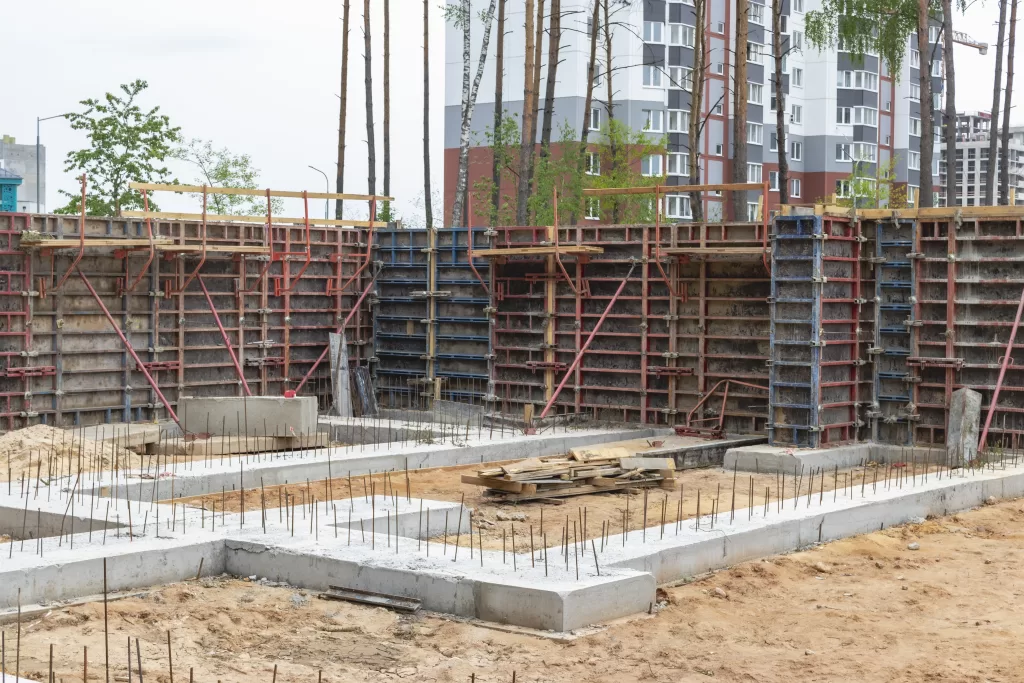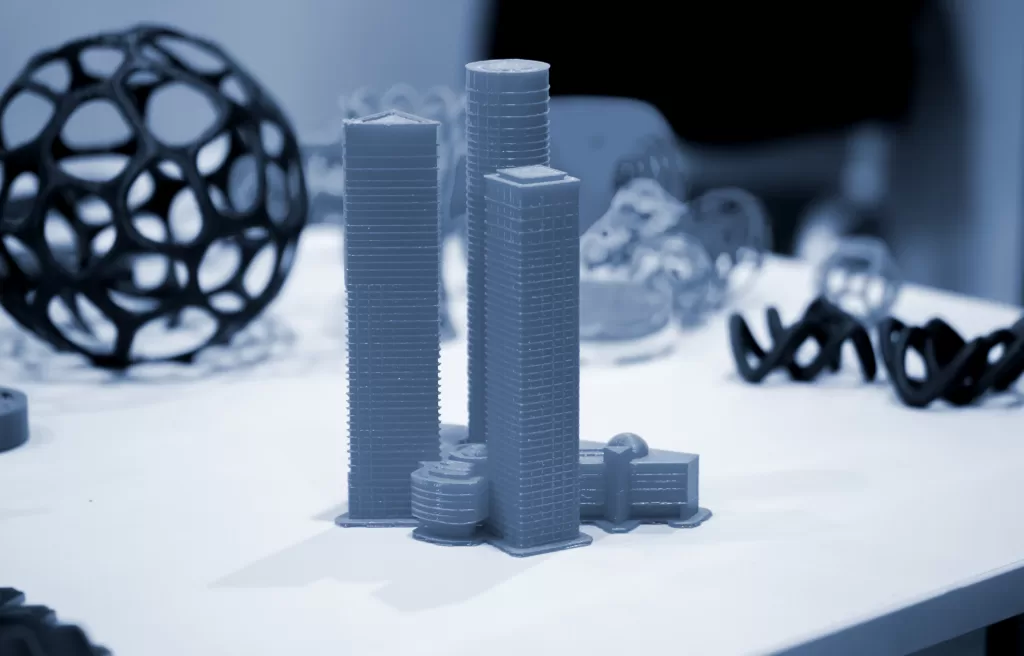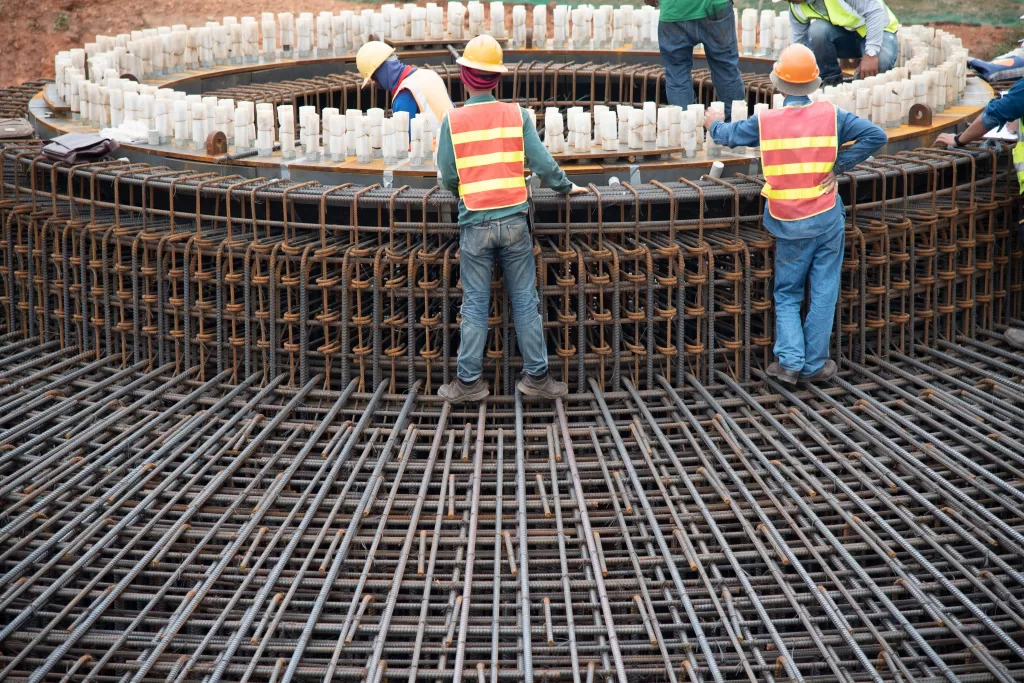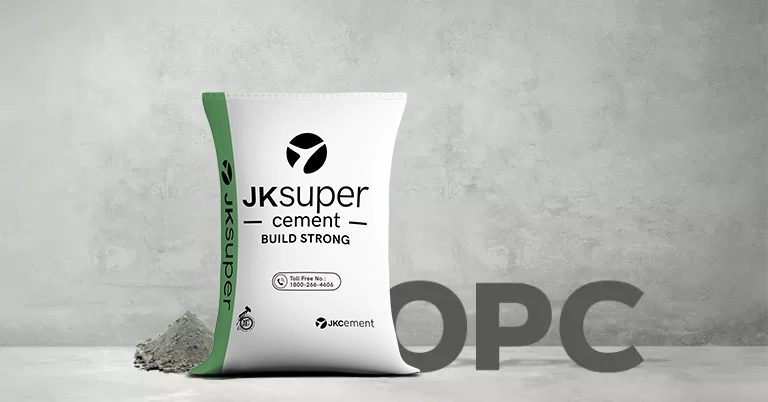The construction of any building requires careful planning and execution. One crucial component of the process is the plinth beam. A plinth beam is a reinforced concrete beam that is constructed at or above ground level to support the load of the wall constructed on top of it. It is essential in providing stability to the structure and preventing damage from factors such as soil moisture and earthquakes. In this blog, we will learn how to construct a plinth beam and explore its purpose.
What is a Plinth Beam and its Purpose in a Building?
A plinth beam is a horizontal structural element in a building’s foundation system. It is typically constructed at the base level of a building just above the ground. This beam runs along the perimeter of the structure and sometimes across the internal layout. It is constructed using reinforced concrete which provides tensile strength of steel with the compressive strength of concrete to create a robust and durable support system.
The plinth beam evenly distributes the building’s load across the foundation, preventing uneven settlement and structural damage. It enhances stability by connecting foundation elements crucial in minimising settlement issues. In earthquake-prone regions, it boosts seismic resistance by preserving structural integrity.
Get the right measurements and material requirements for plinth beam construction with JK Cement BuildXperts.
Applications of Plinth Beam
Here are the common applications of plinth beams:
- Plinth beams are vital in earthquake-prone areas. They provide resilience to withstand external forces to safeguard against structural damage.
- They serve as foundational support for buildings constructed above ground level and ensure stability during construction.
- By connecting foundation columns or walls, plinth beams create a unified framework that strengthens the building’s ability to withstand seismic shocks.
- Plinth beams distribute the load evenly to prevent uneven settling of the structure and subsequent damage.
Preparing for Plinth Beam Construction
Let us explore key factors to consider when preparing for a plinth beam construction:
1. Site Survey and Soil Testing
Conducting a thorough site survey is essential to understand the topography and layout of the land which will influence the foundation design. Additionally, performing soil tests is crucial to determine the soil’s bearing capacity, type and moisture content.
2. Design and Planning
This involves engaging a structural engineer to create a detailed plinth beam design. Detailed construction drawings and specifications should be prepared with reinforcement details and materials to be used.
3. Material Selection
High-quality concrete with a minimum strength of 20 MPa (grade 20) should be used to ensure the beam can withstand the loads imposed on it. Steel reinforcement bars should be selected based on the design requirements. Additionally, sturdy formwork materials are necessary to maintain the shape and dimensions of the foundation plinth beam during construction.
4. Shuttering and Reinforcement Placement
Shuttering should be assembled and braced securely to withstand the pressure of the wet concrete. Reinforcement bars must be cut, bent and tied correctly while maintaining proper spacing and positioning.
5. Concrete Mixing and Compacting
The concrete should be mixed in the correct proportions. When pouring the concrete, care should be taken to avoid displacing the reinforcement. Compacting the concrete with vibrators is essential to eliminate air pockets and ensure proper bonding around the reinforcement.
How to Construct a Plinth Beam?
Here are the general steps that should be followed for the construction of a plinth beam:
- Conduct a site survey and soil testing. Then, excavate the foundation trenches to the required depth and width, ensuring the base is levelled and compacted.
- Assemble and secure the formwork or shuttering along the trench perimeters. Ensure it is aligned correctly with the design specifications to maintain the desired shape and dimensions.
- Place the steel reinforcement bars in the formwork. Tie the bars using binding wire and maintain the correct spacing and cover to protect against corrosion.
- Mix the concrete in the specified ratio. Carefully pour the concrete into the formwork, ensuring even distribution without displacing the reinforcement. Use vibrators to compact the concrete thoroughly.
- Cure the concrete by keeping it moist for at least 7 days to prevent cracks and achieve full strength. After the curing period, carefully remove the formwork and inspect the plinth beam for any defects.
Quality Checks During Plinth Beam Construction
During the construction of a plinth beam following steps should be taken for thorough inspection:
- Ensure the diameter of reinforcement bars matches the structural details provided.
- Confirm the number of bars, including any additional bottom and top reinforcement specified in the structural details.
- Check the dimensions of the formwork against architectural drawings, ensuring they match face-to-face.
- Verify that support is adequately provided to bear the weight of the formwork and concrete.
Wrapping It Up
Constructing a plinth beam is a crucial step in building a strong and stable structure. Remember, the plinth beam serves as the backbone of the structure. With proper planning and adherence to best practices, you can construct a solid plinth beam that lays the groundwork for a long-lasting building.
Ready to build a solid foundation with a leading construction company? Explore JK Cement’s range of high-quality grey cement for your construction project.
FAQs
Which cement is best for plinth beams?
The best type of cement for plinth beams can differ based on the design requirements. Typically, Ordinary Portland Cement (OPC) is preferred but good-quality PPC can be used for plinth beam
How much cement is required for a plinth beam?
The amount of cement required for a plinth beam depends on factors such as beam size, mix ratio and project specifications.
What should be the size of a plinth beam?
The size of a plinth beam varies based on structural requirements and design considerations.
Which cement is best for beams?
For beams, the most suitable type of cement is OPC cement. This concrete cement provides high compressive strength and durability.
What is the best material for a plinth?
The best material for a plinth depends on the structural requirements. Generally, reinforced concrete is preferred when constructing a foundation plinth beam.














